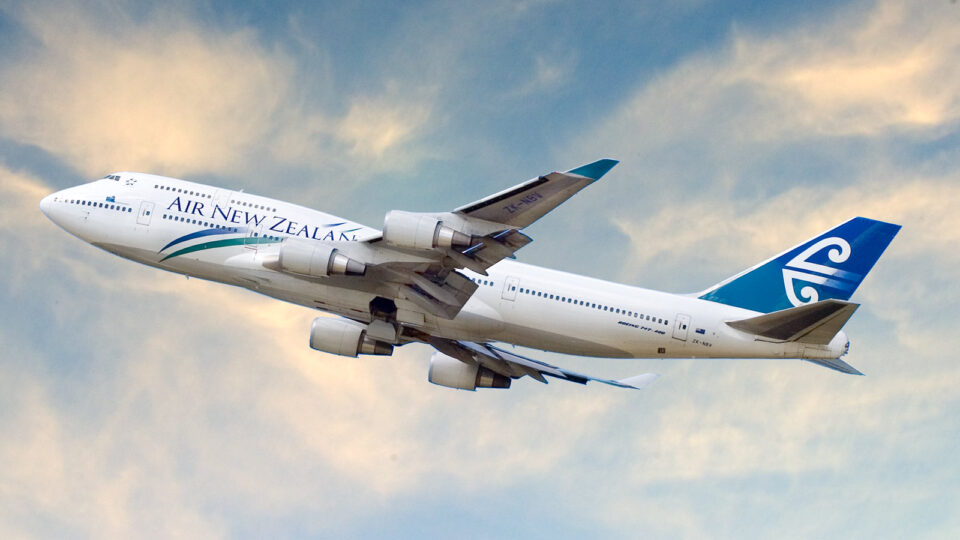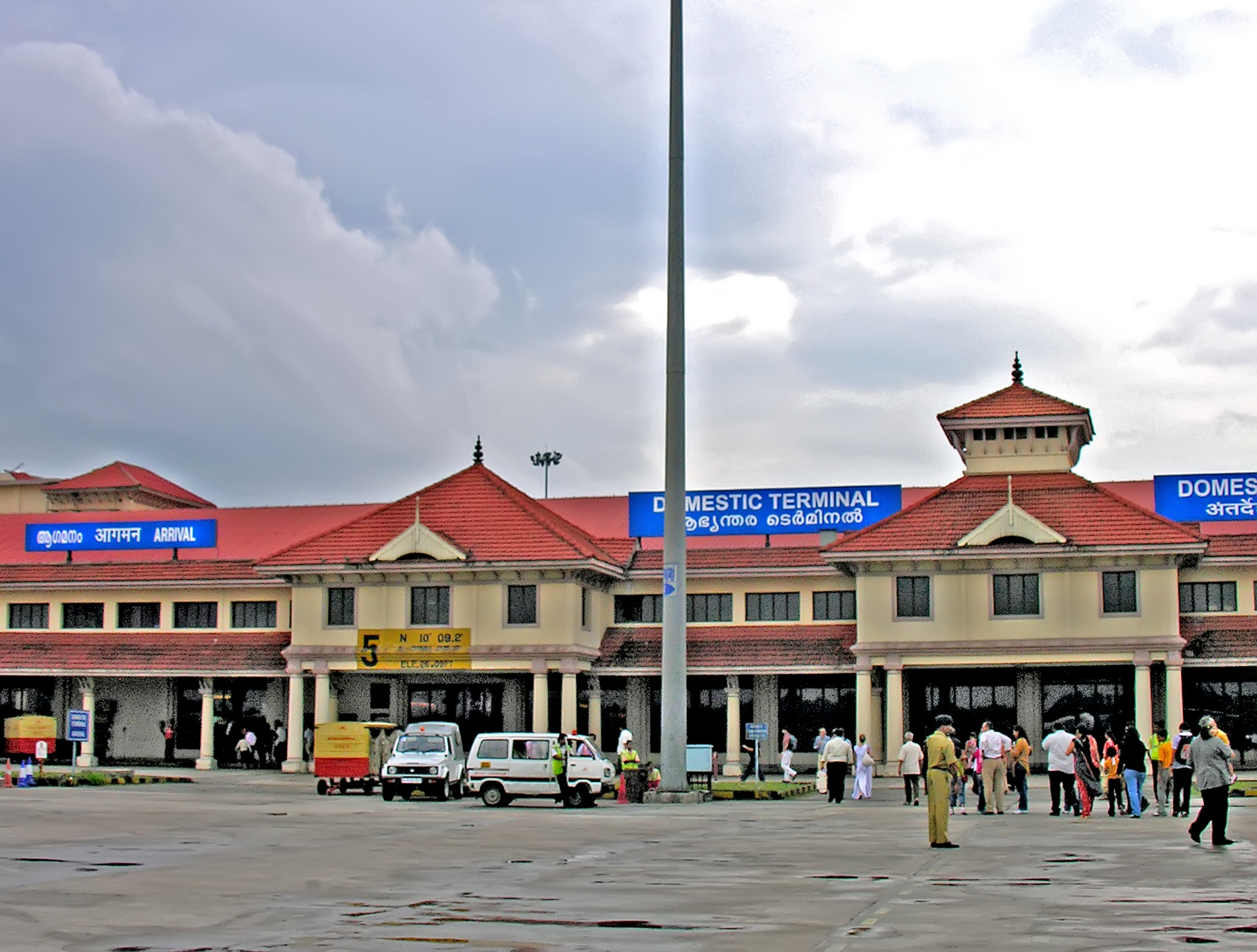Tourism has experienced exponential growth during the past 70 years. In 1950, there were 25 million international tourist arrivals. By 1990, it had ballooned to 435 million. Between 1990 and 2018, the numbers more than tripled reaching more than 1.4 billion. And by 2030, the number of international tourist arrivals is expected to reach 1.8 billion.
Tourism is vital to the success of many economies around the world. Tourism can boost revenue, provide jobs, develop infrastructure, protect wildlife, and help preserve heritage sites and cultures. But there can also be many downsides to tourism, one of which is that it can contribute to the introduction and spread of invasive species. Non-native organisms can cause all sorts of social, environmental, and economic damage.
Tourists help spread invasive organisms far and wide. These organisms hitch rides in their luggage and on their shoes and clothing. A 2011 study in New Zealand found that for every gram of soil on the shoes of in-bound international passengers, there were 2.5 plant seeds, 41 roundworms, 0.004 insects and mites, and many microorganisms.
A new study by researchers from the University of Melbourne in Australia and AgResearch New Zealand examined to what degree tourism plays a role in the spread of invasive species. According to the study, which was recently published in the journal NeoBiota, the research team found that the number of nights spent in hotels significantly correlated to the incursion of invasive species during that period.
Creating effective mechanisms to prevent the introduction of invasive species in the first place is the best way to prevent this problem.
**********
Web Links
Unwelcome guests: International tourism and travel can be a pathway for introducing invasive species
Photo, posted March 27, 2005, courtesy of John via Flickr.
Earth Wise is a production of WAMC Northeast Public Radio.

